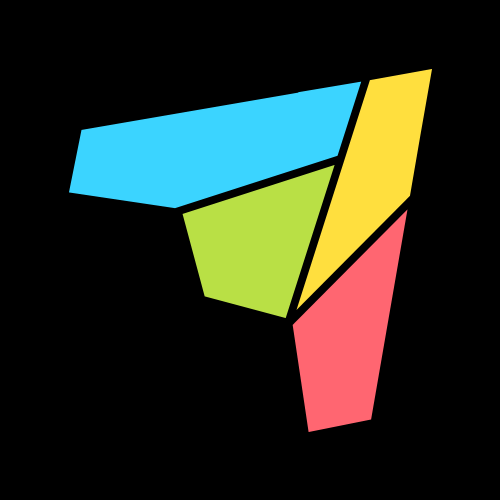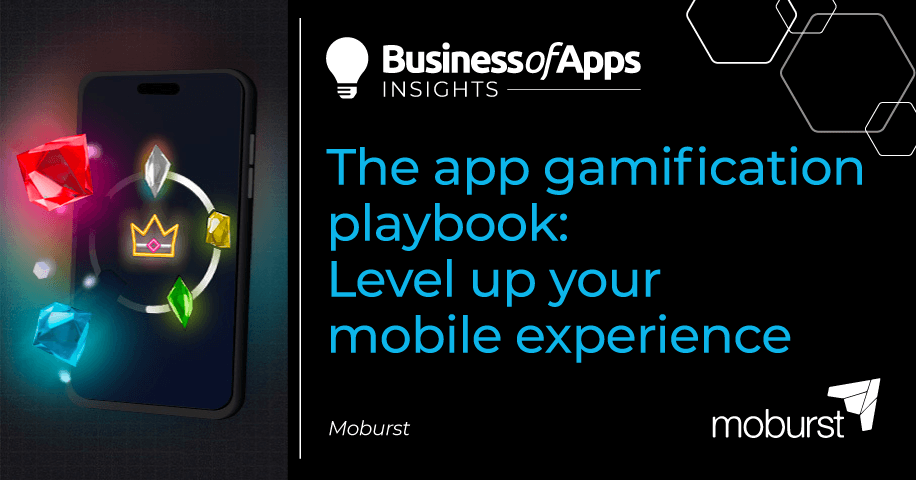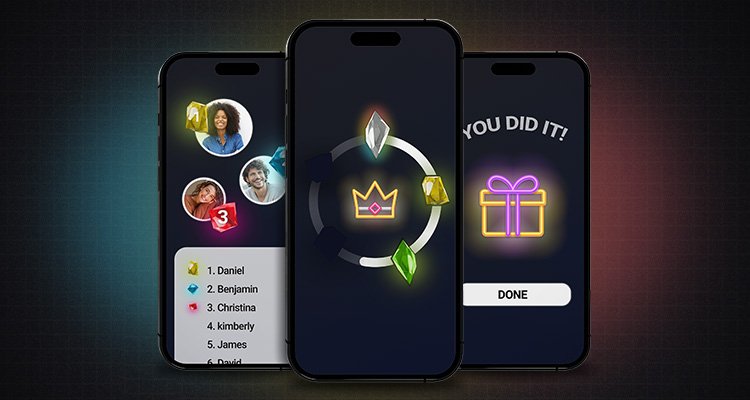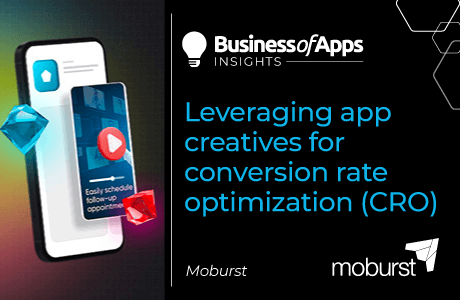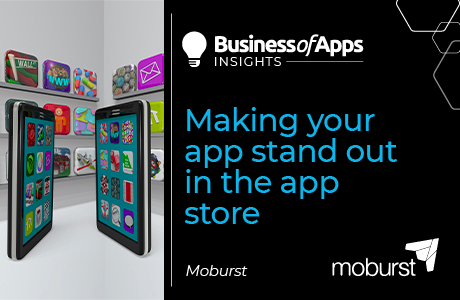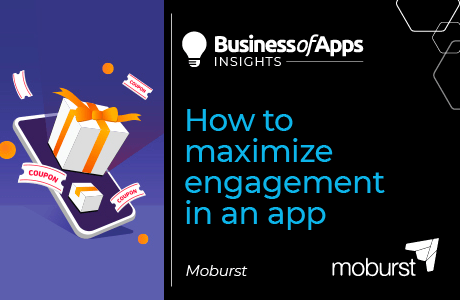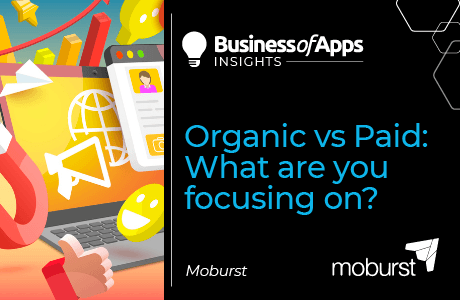In today’s crowded app market, where users are constantly bombarded with countless competing apps, app owners must find innovative ways to stand out from the crowd and retain users. This is where gamification comes into play (pun intended).
Research studies have shown that gamification can significantly impact user engagement and drive long-term user loyalty in mobile applications.
Just imagine a world where every interaction with your app becomes an adventure, motivating users to explore further, achieve milestones, and unlock unique rewards.
By incorporating the right blend of gamification tools, you can transform your app into an immersive and addictive experience that will keep users coming back for more.
In this guide, you’ll learn how to:
- Identify the most effective gamification features to incorporate into your app.
- Leverage App Store Optimization (ASO) to boost, monitor & adjust your gamification efforts to ensure they perform optimally.
- Analyze your results to measure the impact of gamification on user engagement and retention.
Whether you’re designing a fitness app, language-learning platform, or e-commerce marketplace, the principles outlined in this guide are universally applicable and adaptable to any industry.
Choose the right gamification strategy for your app
Gamification can take many forms. Some common gamification techniques include:
- Reward systems – These typically involve offering users points, badges, or virtual currency in exchange for completing specific actions or achieving desired objectives within the app.
- Progress bars and achievement badges – These serve as rewards for users who accomplish specific milestones or tasks within the app. By earning these badges, users are motivated to engage more with the app, track their progress, and unlock new levels or features. They can add a sense of accomplishment and enhance user experience, making your app more enjoyable and encouraging continued usage.
- Leaderboards – These provide a way to track and display the rankings and scores of users, fostering competition and motivation.
Each of these strategies has its pros and cons, so while developing an ideal gamification plan for your app, you must first understand your users’ preferences and motivations.
For example, if your users like competition, you can incorporate a leaderboard, allowing them to compare their scores. Alternatively, adding achievement badges can effectively motivate users if your app focuses on education.
Make it easy for users to engage
If users can’t figure out how to participate in your gamification program, they simply won’t.
Avoid making the process too complicated by providing clear, readily understood guidelines. Make sure that the gamification features are visible and accessible to users so that they can easily find it and start participating.
Create a reward that is worth the effort
Users will only participate if they believe the reward is worthwhile, so make sure you create meaningful incentives for your target users.
Rewards could be anything from discounts, virtual badges, access to hidden content, or more. According to a study on the impact of gamification on user engagement, rewards are essential in maintaining a high user engagement level. Keep in mind that the right compensation type will depend on the user base and the app.
Make the gamification experience interactive and fun
Gamification should be fun and playful – otherwise, users may get bored and ditch your app. So, make sure to create a cool experience that goes along with your brand, tone, and app style. Users are more likely to get into it if the gamified experience is interactive and dynamic. One way to do it is by adding sound effects, animations, and graphics that enhance the user experience.
App gamification examples
Let’s take a closer look at apps that have successfully incorporated gamification to improve user engagement and loyalty:
Duolingo – Education app
The popular language-learning app uses gamification to motivate users to learn languages. It uses a point-based system where users earn virtual currency called “lingots” for completing lessons, streaks, and other achievements.
Users can use these lingots to unlock additional features or purchase virtual items within the app.
By providing tangible rewards and a sense of progression, Duolingo keeps users motivated to continue learning and coming back to the app.
Nike Training Club – Fitness app
Nike’s workout app uses gamification elements such as levels, achievements, and badges to motivate users to work out and engage in their fitness goals.
The app offers personalized workout plans, challenges, and achievements. Users can earn badges for completing specific workouts, hitting milestones, or participating in community events.
Nike’s app also incorporates leaderboards and social sharing features to encourage participation, allowing users to compete with friends and create a sense of community.
By tapping into users’ competitive nature and providing a platform for social interaction, Nike Training Club does a great job at increasing user retention and engagement.
Mint – Finance management app
Mint is a finance management app that leverages gamification elements to help users manage their finances effectively. The app provides users with a visual representation of their spending habits through charts and graphs.
It also sets personalized financial goals and tracks progress towards those goals. Users earn badges and achievements for meeting their budgeting targets, reducing debt, or saving money.
By making the process of managing finances more interactive and rewarding, Mint keeps users actively engaged and motivated to maintain healthy financial habits.
Leverage App Store Optimization (ASO) to highlight gamification features
App Store Optimization (ASO) is a fantastic way to boost your app’s visibility and discoverability in the app stores. By optimizing key elements such as your app’s title, description, keywords, screenshots, and app icon, you can make your app stand out from the competition.
You can leverage ASO to highlight the gamification features of your app, ensuring they capture the attention of potential users and encourage more installs.
When optimizing your app store listing, emphasize the gamification elements in your app’s description, app screenshots, and promotional videos. Clearly communicate the benefits and unique aspects of your gamified experience to entice users to download and engage with your app.
Make sure to check out our complete App Store Optimization guide to learn more.
Craft an effective gamification strategy
We’ve reviewed the different gamification strategies you should consider for your app and target audience. Now, it’s time to put them all together and create a gamification strategy that will boost your app toward app store success.
Here are key steps to follow when creating a gamification strategy:
Define your objectives
Determining which goals you want to achieve with gamification is essential for building a successful strategy.
Are you looking to increase user retention? Improve engagement? Reduce uninstalls? The answers to these questions will guide you in determining the campaign’s objectives.
Identify your target audience and their interests
Gain a deep understanding of your target audience and their interests and motivations. Consider their demographics, your app’s category, and other factors that could influence them.
Remember that your aim is to align with your target audience’s desires regarding your app’s gamification features.
Choose the right game mechanics
Not all game mechanics are built equally, so make sure to select those that align with your app’s objectives and user motivations. Are they competitive? Do they seek a sense of community? Strive to meet their expectations with your strategy.
Create an immersive experience
The best gamification techniques will keep users engaged and immersed in your app for a long period of time. Tap into your users’ emotions and create a seamless experience that will keep them there.
Measure and analyze user participation
Like any other marketing campaign, gamification also requires data-based analysis to identify areas for improvement. Your analytics should help you to understand your users’ behaviors and preferences as they engage with gamification features.
Here are some key metrics to consider:
- User acquisition cost – Use this metric to measure new user acquisition costs for your app and assess the effectiveness of your gamification efforts in user engagement.
- User activity – Tracking user activity metrics, such as the number of logins, actions taken, or levels completed, provides insight into how actively users participate in the gamified experience.
- Event tracking – By monitoring specific events within your app, such as completing challenges, earning rewards, or reaching milestones, you can measure user engagement and identify areas for improvement.
- Session length – The duration of user sessions indicates how long users are actively engaging with your app. Aim for longer session lengths to increase user participation and interest.
- Time-in app – This metric measures the total time users spend in your app over a certain period of time. Use it to see how often they visit and engage with your app’s gamification features.
By tracking and analyzing these metrics, you can optimize user experiences to drive engagement and improve your initial objectives.
Key takeaways
Gamification is an excellent way to enhance user experience and drive greater user engagement within your app. By leveraging it, you can motivate users to keep returning and take action while growing brand loyalty and increasing revenue.
Understanding the key components of gamification and implementing an effective strategy can significantly benefit your app.
Keep in mind that gamification is a strategy that requires constant iteration and improvement, so be sure to stay on top of trends, analyze user performance, and consult with an app marketing agency to maximize the results of your efforts.
Ready to level up your app marketing strategy? Contact Moburst today for a free consultation!


